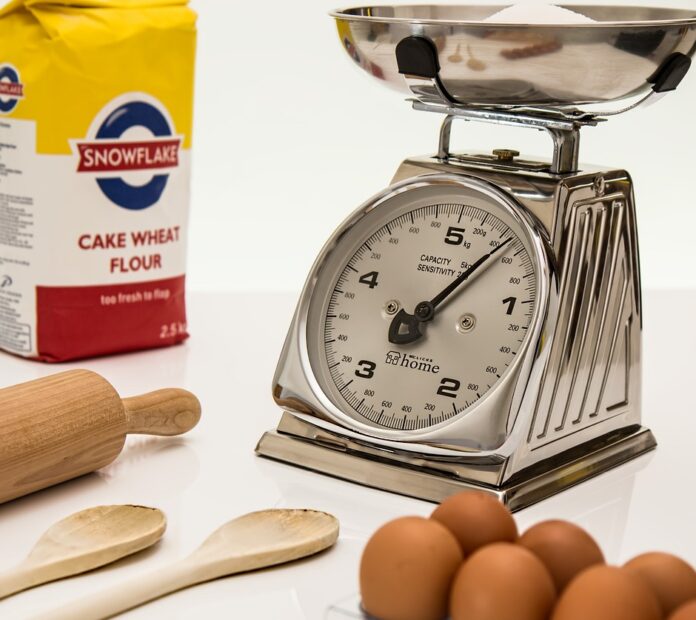Cooking is both an art and a science, and, like any science project, the success of a dish will often depend on getting ingredient ratios right. This is pretty straightforward when following a recipe as written, but things become a bit more complicated when attempting to double it. Simply multiplying all ingredients by two can alter the final texture and flavor, so it’s essential to understand where you may need to make adjustments. Read on to learn more about how to successfully double a recipe.
Seasonings & Spices
In general, it’s fine to multiply by two when it comes to the core ingredients that constitute a recipe—things like meat, veggies, and grains. Where you’re more likely to run into trouble is with spices, which can pack a disproportionately strong punch when doubled. Start by adding spices at a 1.5 ratio, then taste your dish and adjust as needed. This also goes for alcohol, when adding too much can impart a bitter taste.
Time & Temperature
Larger quantities of food often require longer cooking times, as differences in volume can affect heat distribution. While this definitely doesn’t mean doubling the cook time, it is important to be aware of to avoid under or overcooking. Use a thermometer for meats or a clean toothpick for baked goods to check for doneness at the time indicated by your recipe. If it needs more time, continue to check every 5 minutes until done.
Proper Cookware
As with time and temperature, it’s essential to use proper-size cookware when working with larger quantities of food. Crowding a pot with too many ingredients can prevent browning and lead to unevenly cooked dishes, while overfilling a baking pan with too much batter can cause it to spill over or develop a dense texture.







